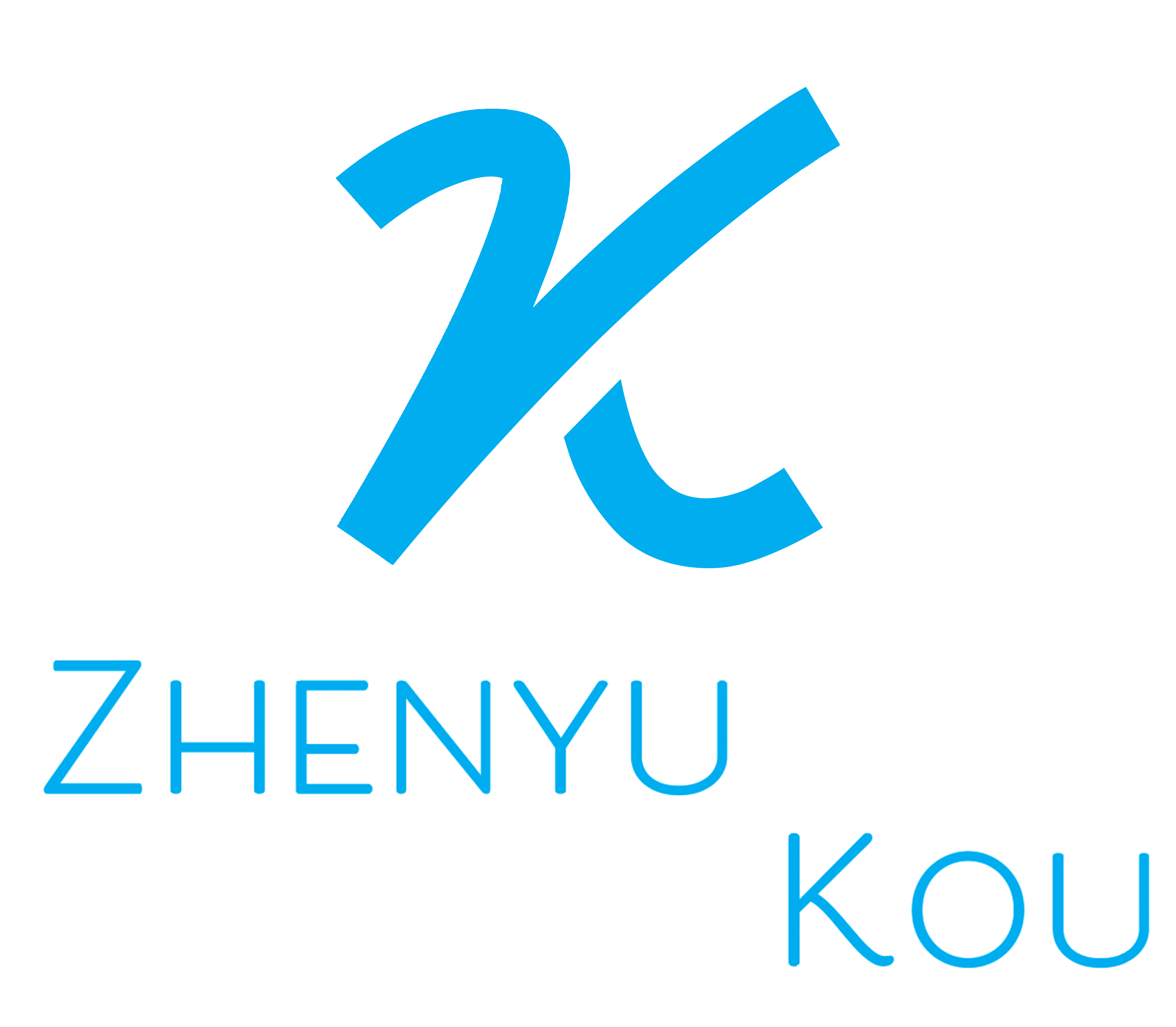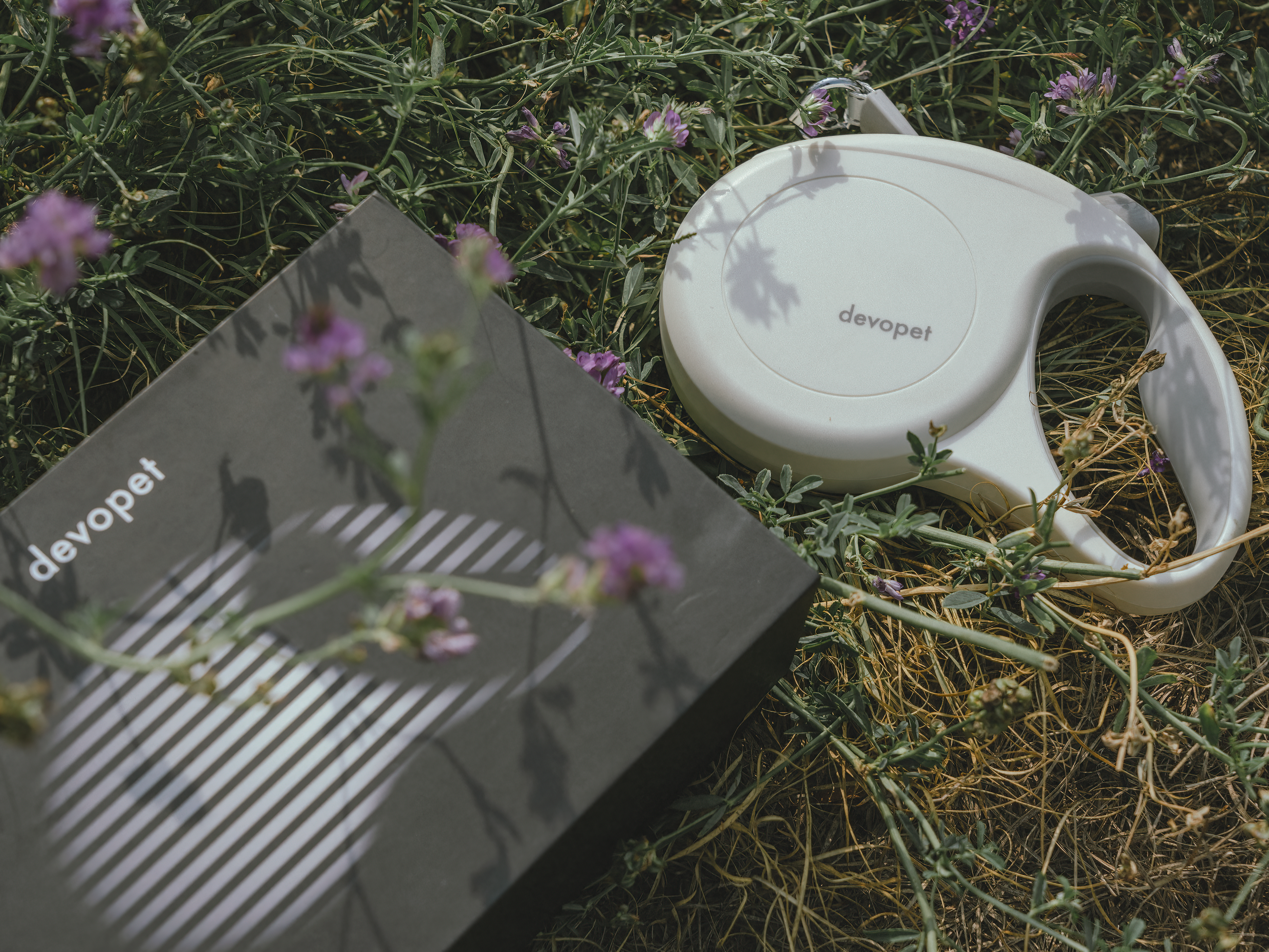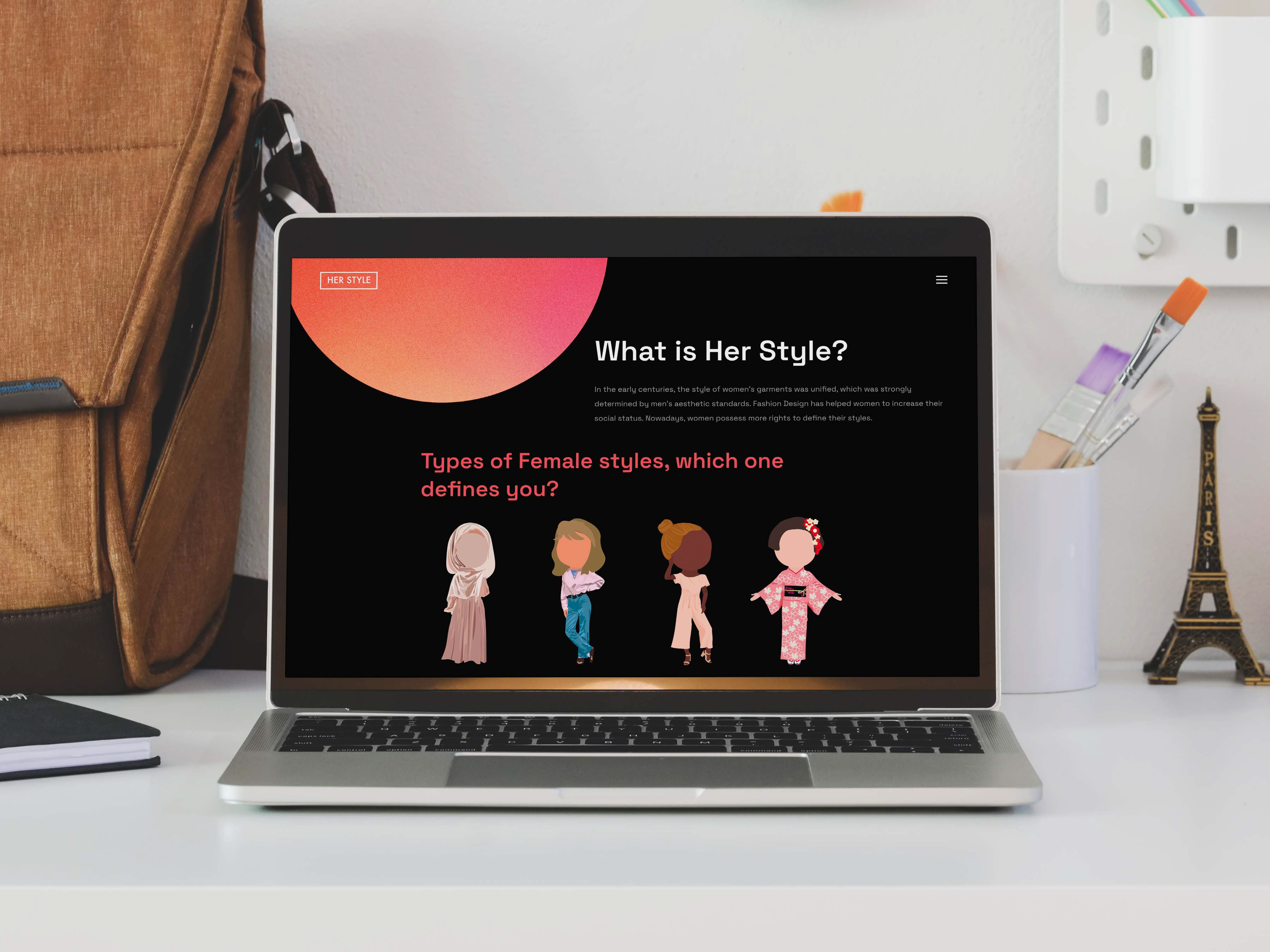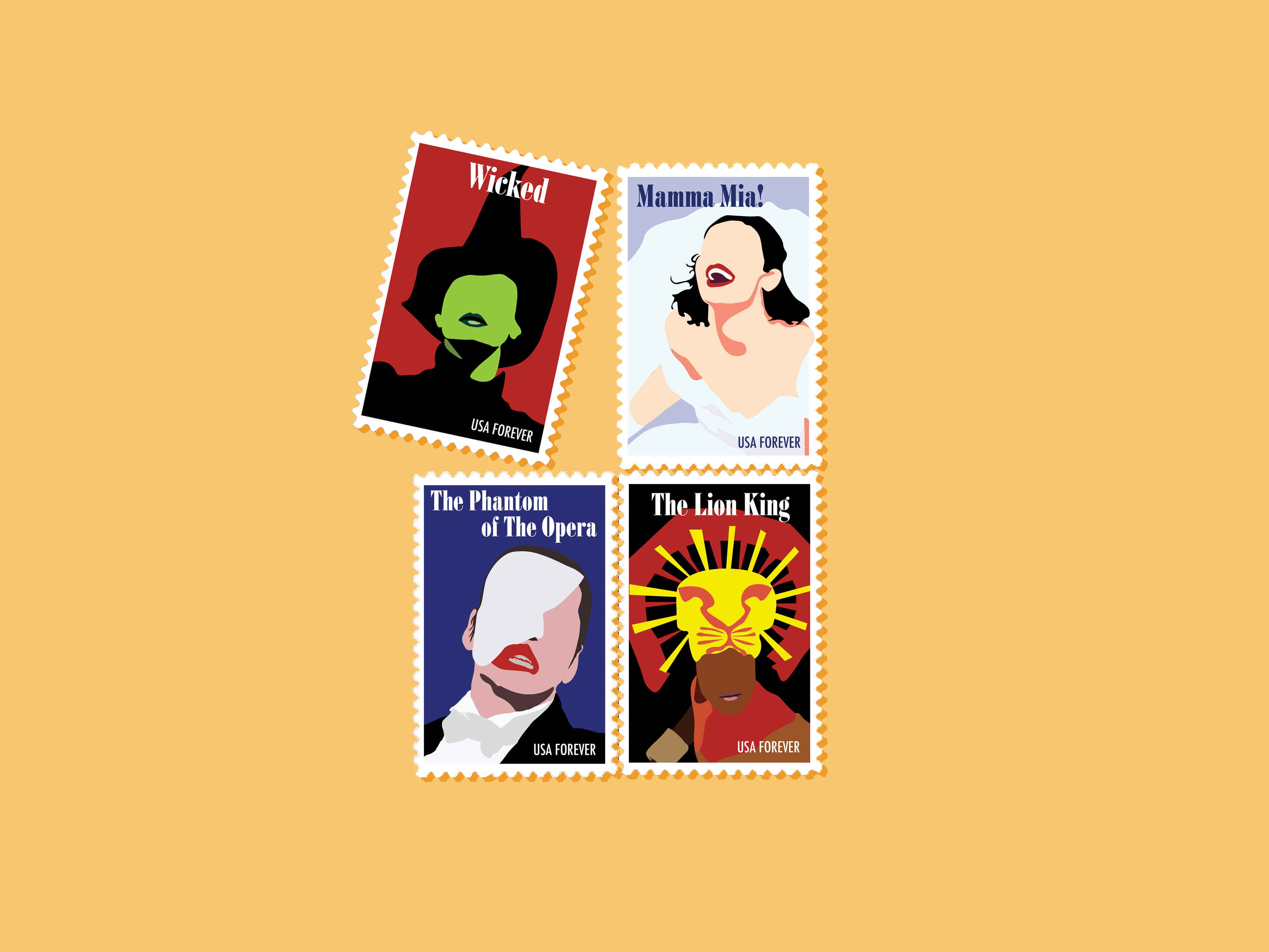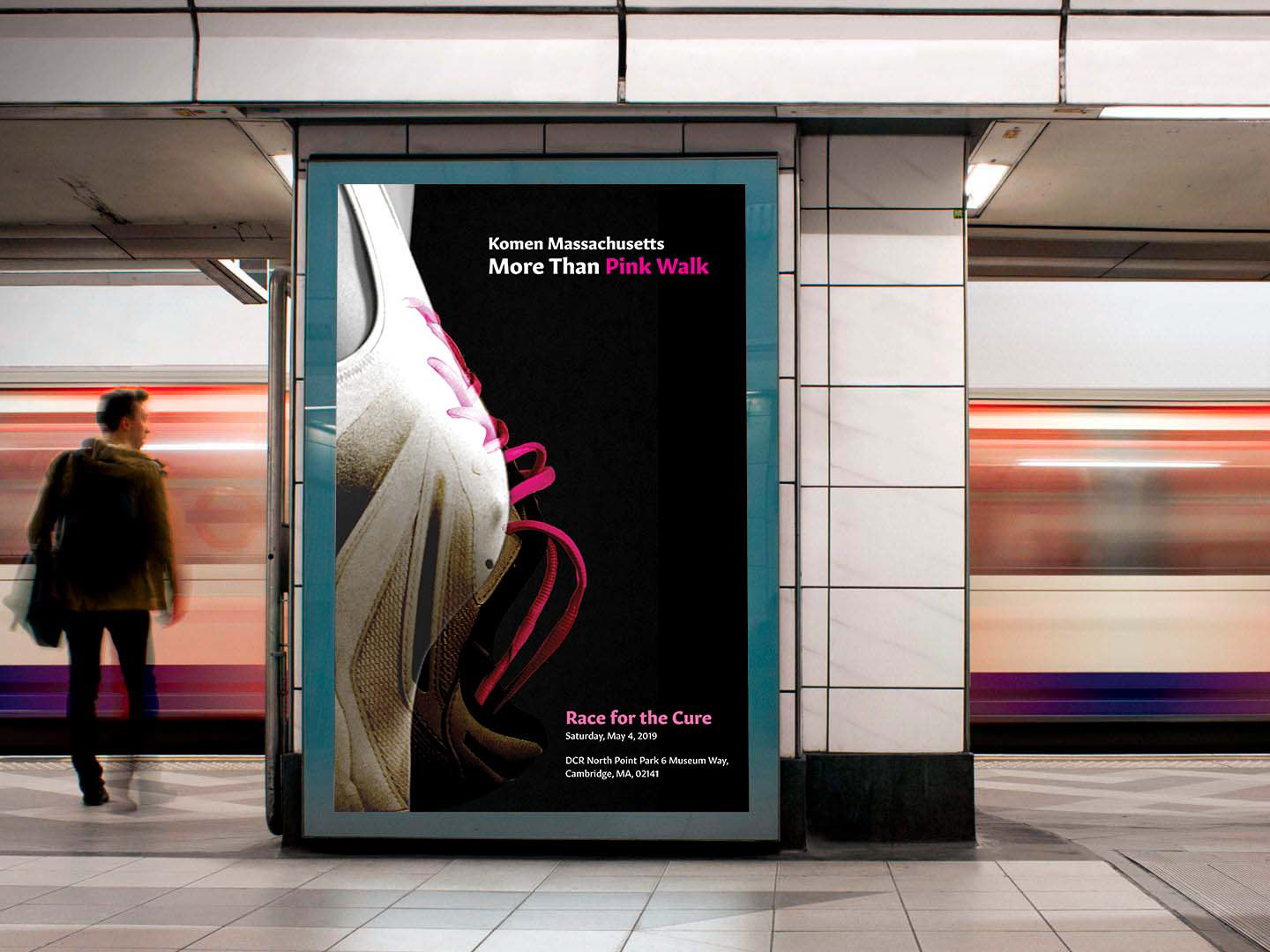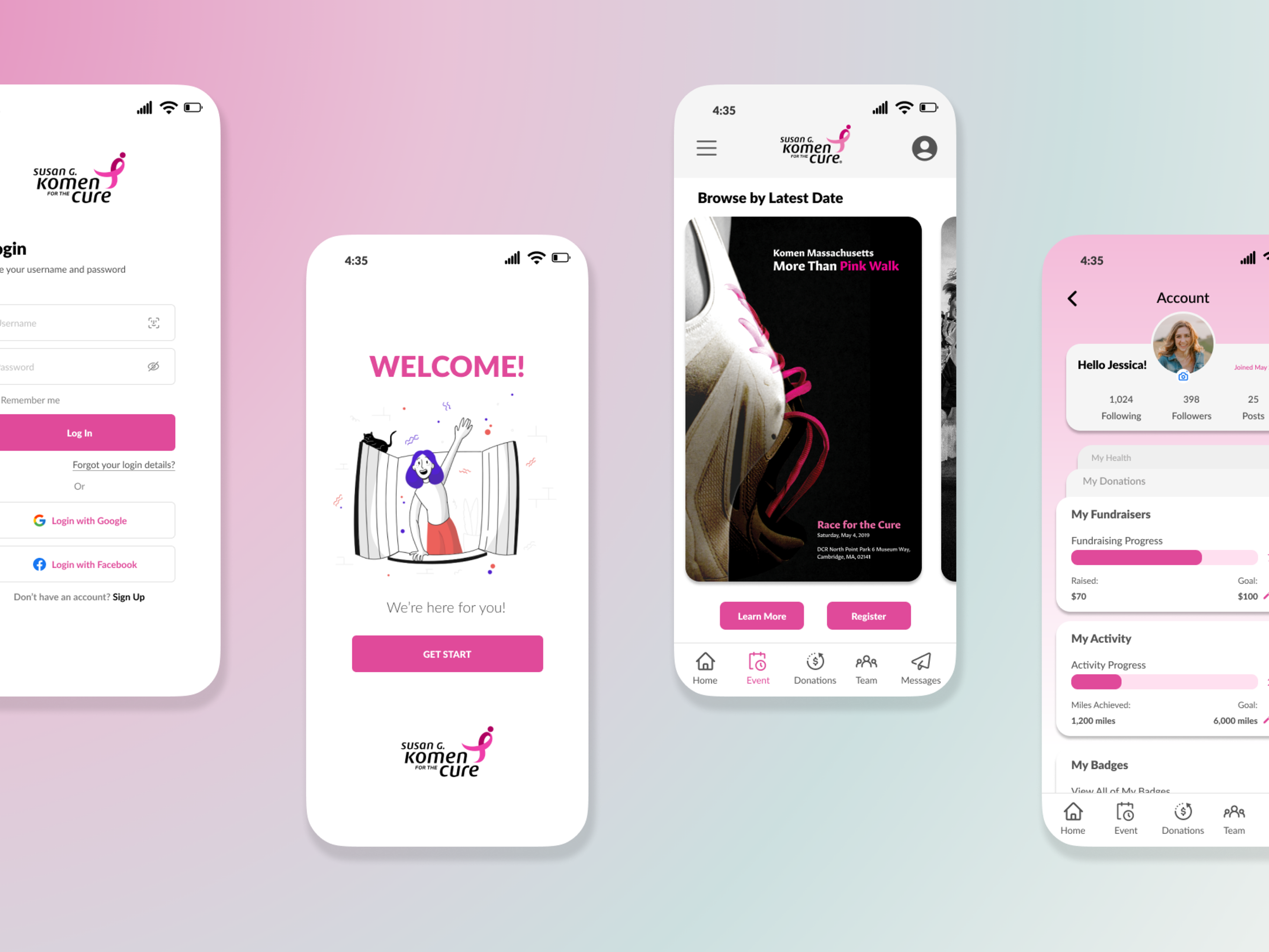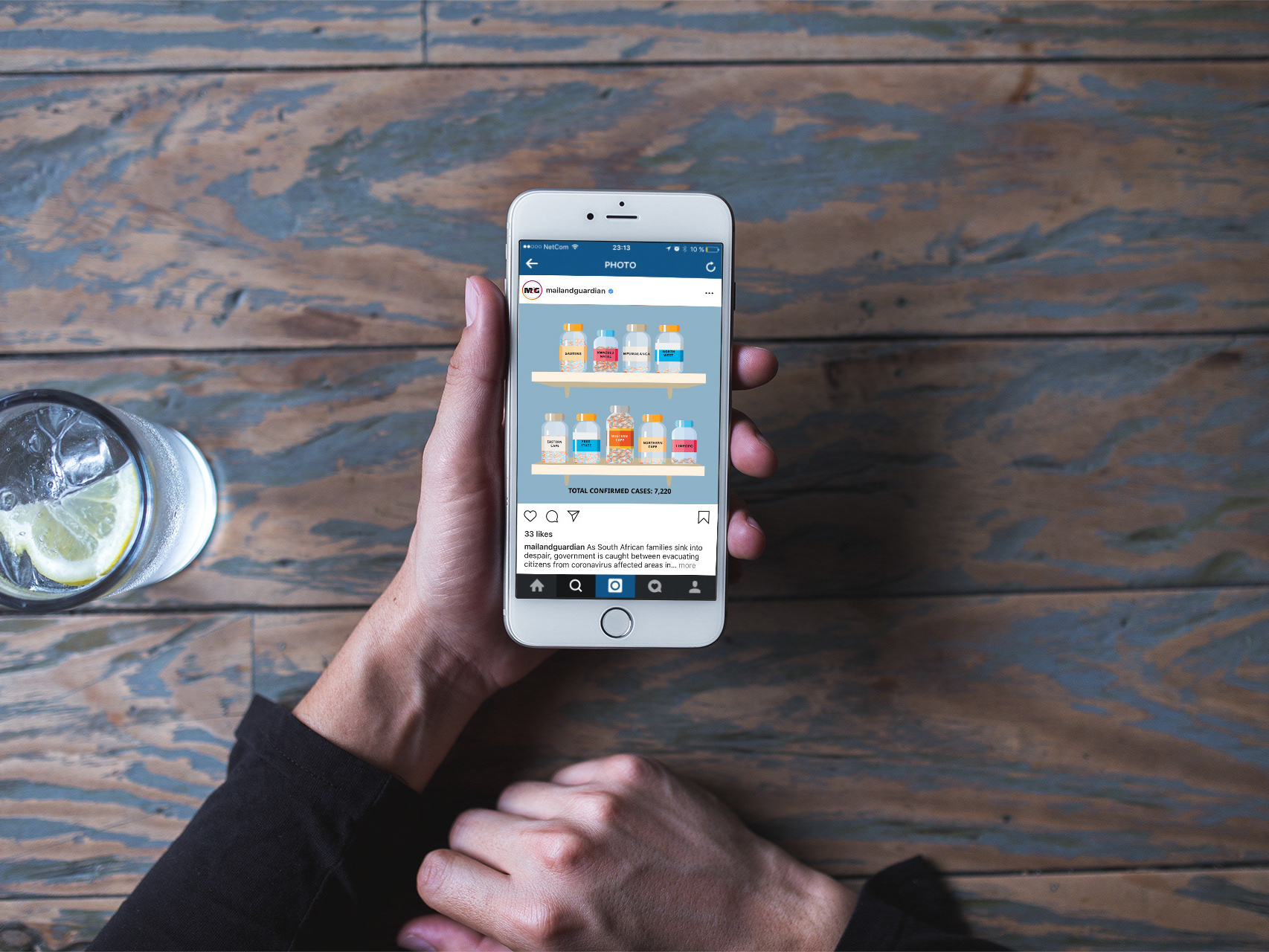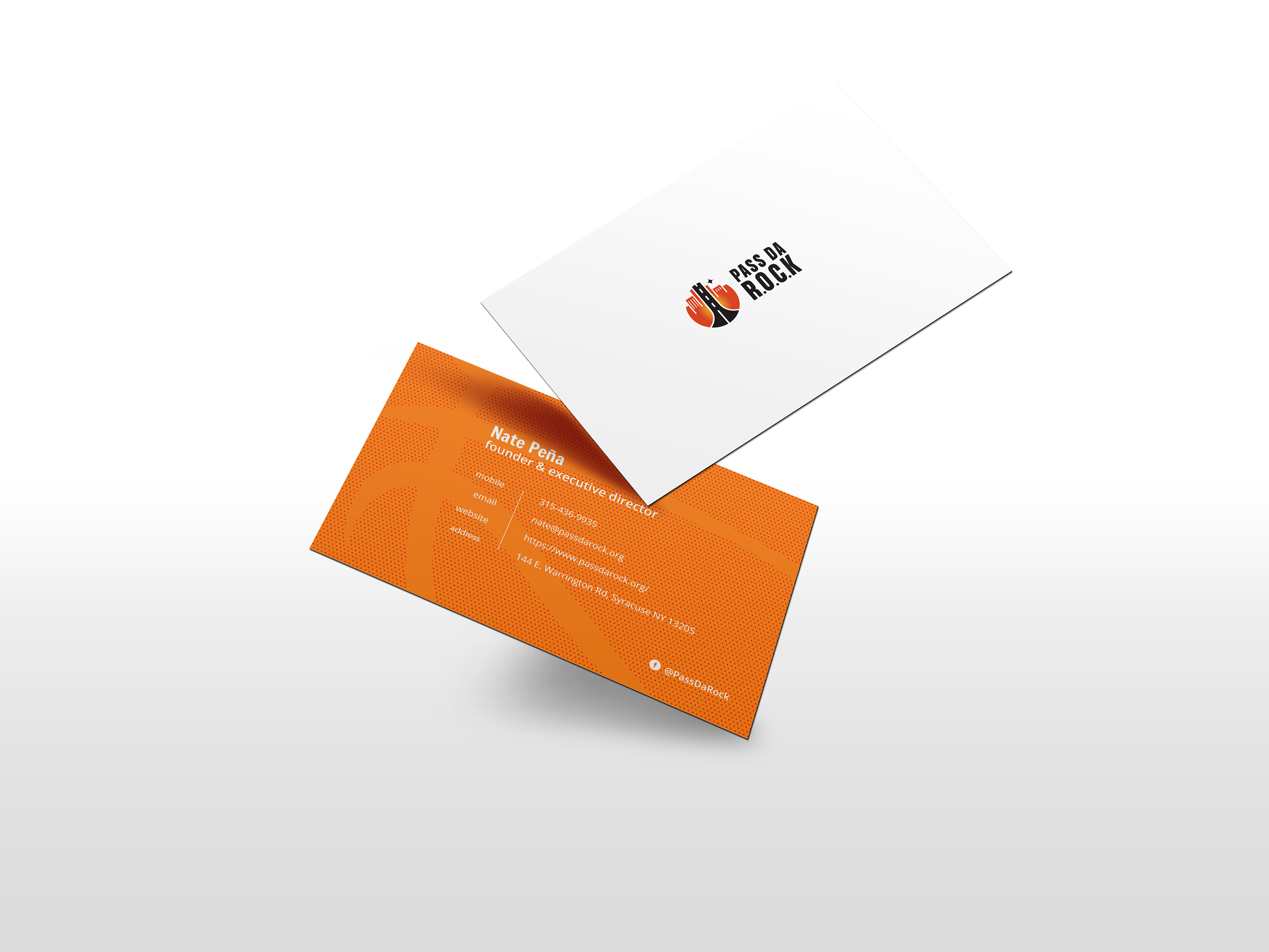Overview
"HerMony" is a work-life balance mobile application designed to help individuals, particularly women, achieve a harmonious balance between professional and personal life. The app focuses on three critical dimensions of work-life balance: time management, mental health support, and mobile learning and accessibility. It addresses the unique challenges faced by women who often navigate overlapping roles in their careers, caregiving, and household responsibilities.
Duration:
4 weeks
Tools Used:
Figma, Adobe Illustrator, Adobe Photoshop, Canva
Research
Research
In today's fast-paced world, achieving work-life balance (WLB) has become a critical concern, particularly for women. Despite advancements in workplace representation, women still shoulder a disproportionate burden of unpaid domestic work, leading to higher stress levels and mental health challenges. According to the APA’s October 2023 Stress in America Survey, women reported significantly higher stress levels than men, with 27% of women rating their stress as high (8–10 on a 10-point scale), compared to 21% of men. This underscores the need for resources that support women in balancing professional and personal responsibilities effectively.
Time Management Features: Recognizing that women often navigate overlapping roles (work, caregiving, and household responsibilities), the app draws inspiration from established time management frameworks like the Eisenhower Matrix and Pickle Jar Theory (Claessens et al., 2007). These frameworks focus on prioritizing tasks based on urgency and importance, enabling users to balance competing demands more effectively. The app’s ability to add, adjust, and track tasks directly on the wheel empowers users to stay on track and manage competing demands efficiently.
Mental Health Support: Women are statistically more likely to experience mental health challenges related to stress, anxiety, and depression (NIMH, 2024). The app incorporates reflection prompts and journaling, which align with research showing the mental health benefits of daily reflection (Coelhoso et al., 2019). The Reflection Input feature encourages users to articulate their thoughts and emotions, fostering mindfulness and helping them identify stressors or areas for improvement.
Mobile Learning and Accessibility: The app capitalizes on the ubiquity of smartphones and mobile learning. Research indicates that women with demanding schedules benefit significantly from flexible, on-the-go solutions (Yamamoto, 2020). The app’s mobile-friendly interface ensures accessibility, allowing users to engage with features like the life wheel and community support at their convenience, whether during a break at work or while commuting.
Solutions to WLB Challenges
Time Management
• Empower women to prioritize tasks effectively and create structured daily routines.
• Provide strategies to allocate time efficiently between work, family, and self-care.
Family and Community Connection
• Foster stronger relationships by integrating quality time into their routines.
• Support balancing career demands with caregiving responsibilities.
Mental Health and Support
• Address stress and burnout through practical mental health resources and strategies.
• Promote emotional well-being by encouraging self-reflection, mindfulness, and personal growth.
Persona
Target Audience
Wireframe
Sketches
Iterations
User Interface
A visual representation of the adjustments made to the "goal" and "done" switch buttons based on feedback from the second round of user testing. Previously, both states of the switch button displayed text simultaneously, which confused users. After the redesign, the buttons now only display text for the active state, making it clearer for users to identify the current state.
This interface allows users to personalize their profile while enabling them to share journals and time management insights with a community. The design fosters a sense of individuality and connectivity, giving users control over privacy and interaction.
Personalization and Control:
• The editable profile name and profile image allow users to express their individuality.
• The lock toggle for privacy ensures users can choose whether to share their journals and time management wheel publicly or keep them private, addressing diverse user preferences.
Community Engagement:
The ability to share journals and a visual time management wheel encourages interaction and knowledge sharing within the community, helping users connect through shared goals and insights.
These two interfaces are designed to help users explore and learn about work-life balance (WLB) while engaging with relevant content and communities. The first screen features a search bar and categorized sections, including "Users" and "Posts," to connect users with others who share similar interests or challenges in WLB. The second screen enhances the exploration experience by offering a search history and a "Discover" section, where users can browse curated topics such as "Balancing priorities," "Gendered WLB," or "Mindful WLB." This interface design encourages self-education and engagement by providing quick access to targeted resources, user-generated content, and trending discussions on WLB, ensuring users can navigate and absorb information seamlessly.
These treats are not just part of an entertaining treasure hunt; they translate into credits within the game. Children must manage these credits to provide for their virtual pet's needs—food for sustenance, baths for hygiene, and toys for emotional well-being. By earning credits through finding treats, children learn to allocate their limited resources wisely. They have to make decisions on whether to spend their credits on food, baths, or toys, which mirrors the real-life choices pet owners make in prioritizing their pet's needs.
Final Prototyping
